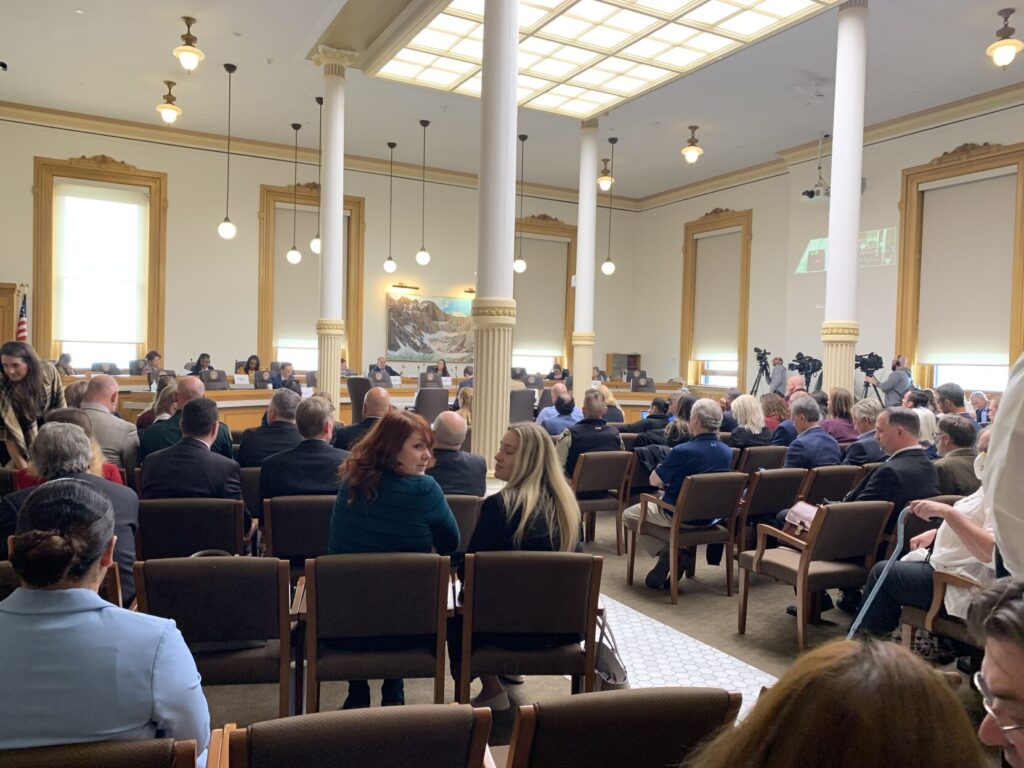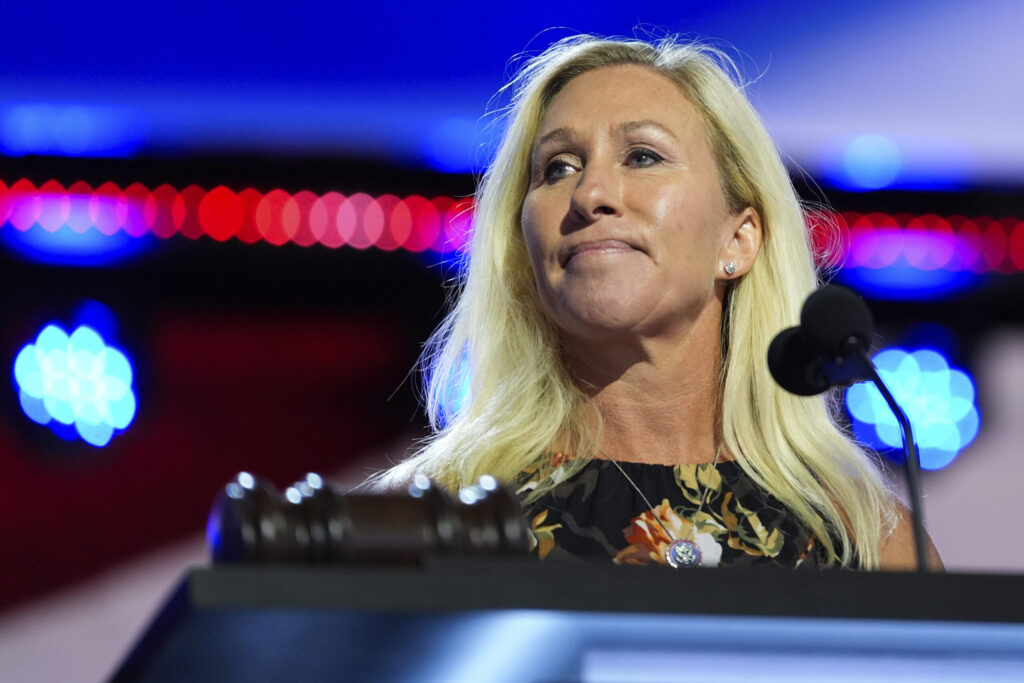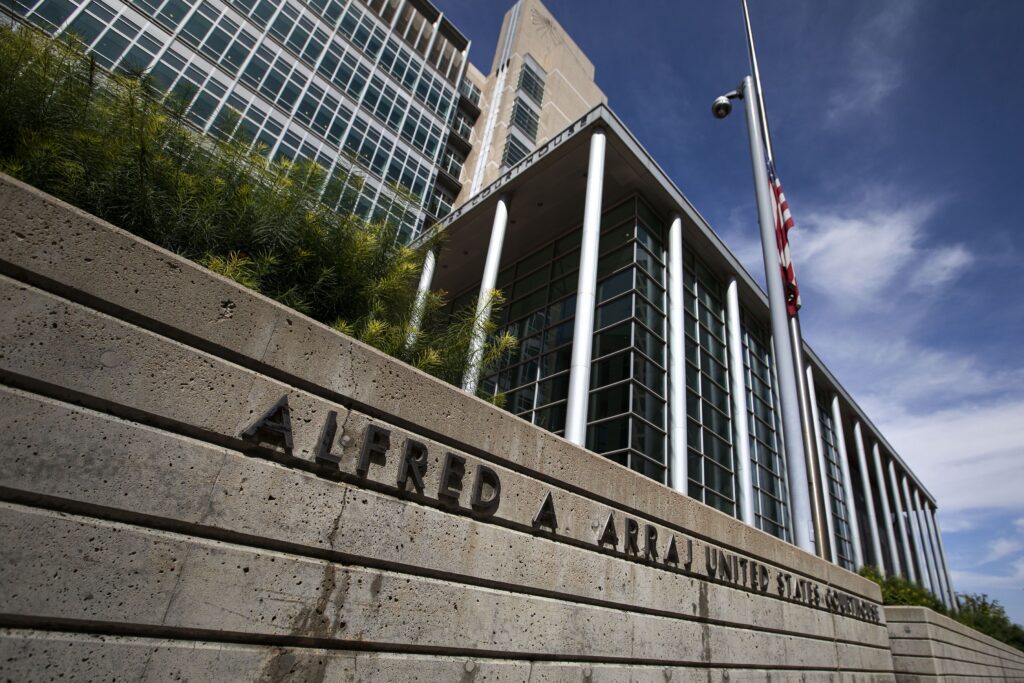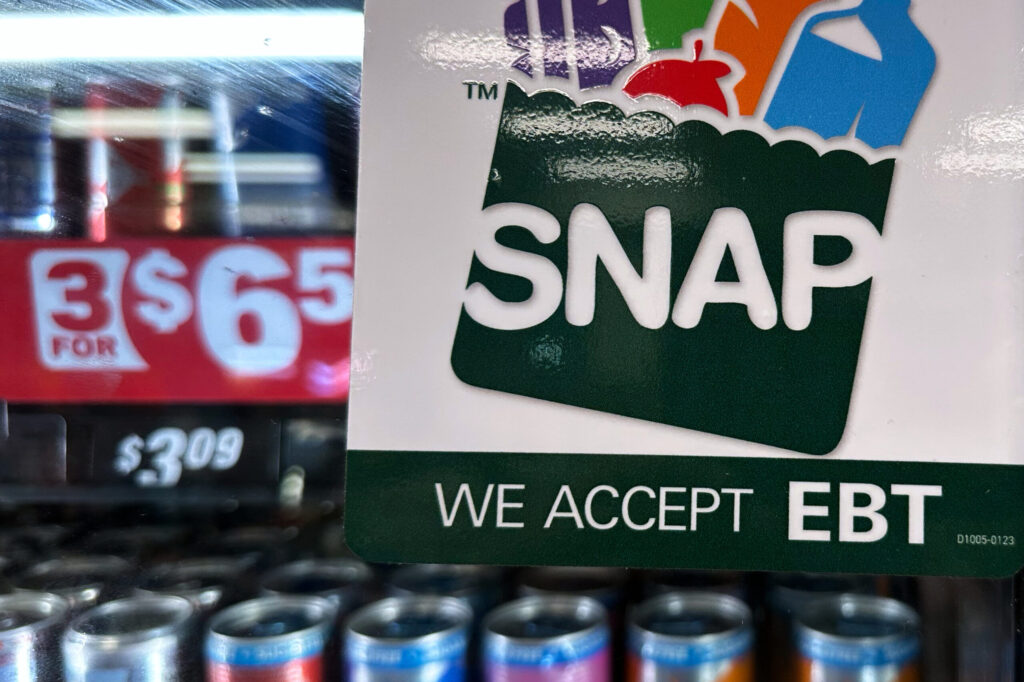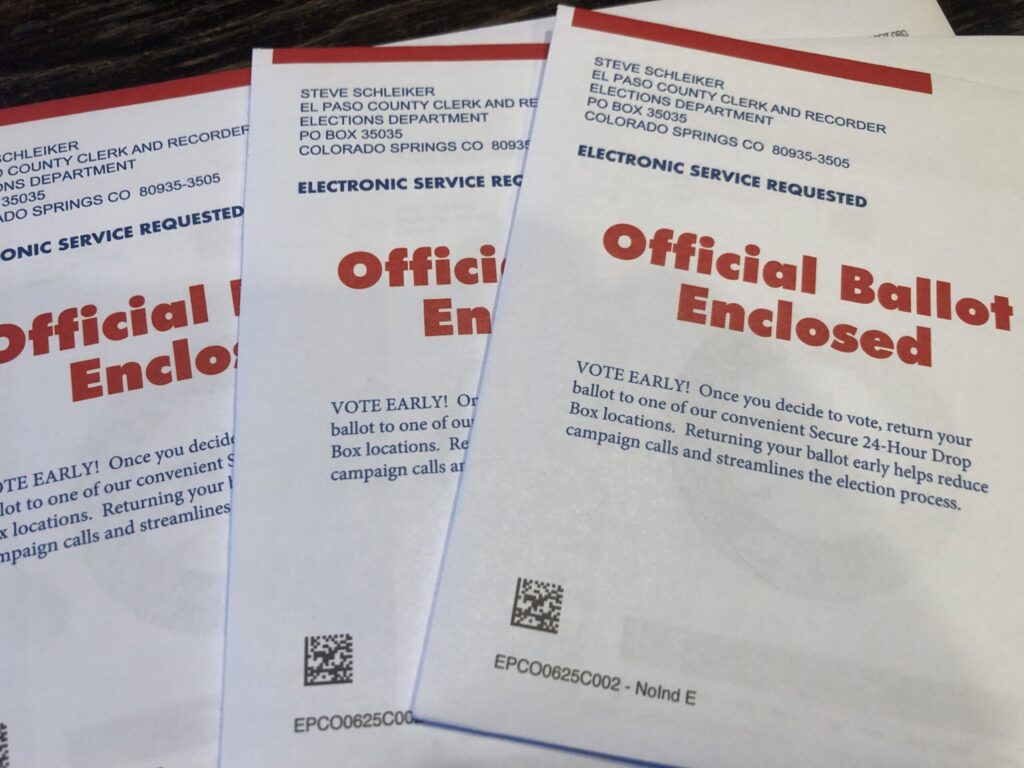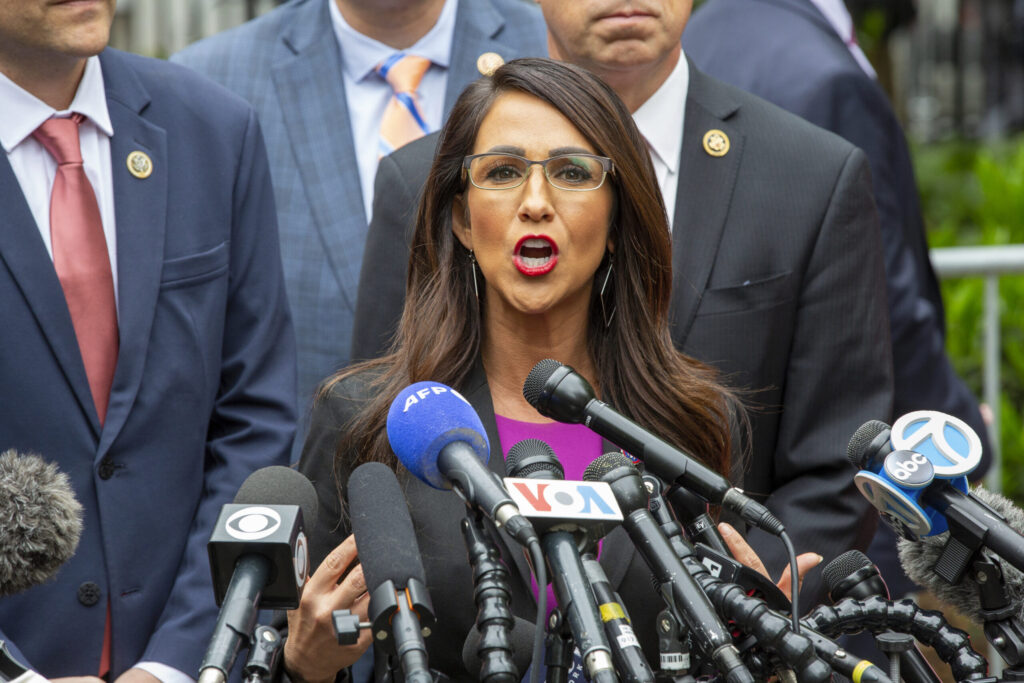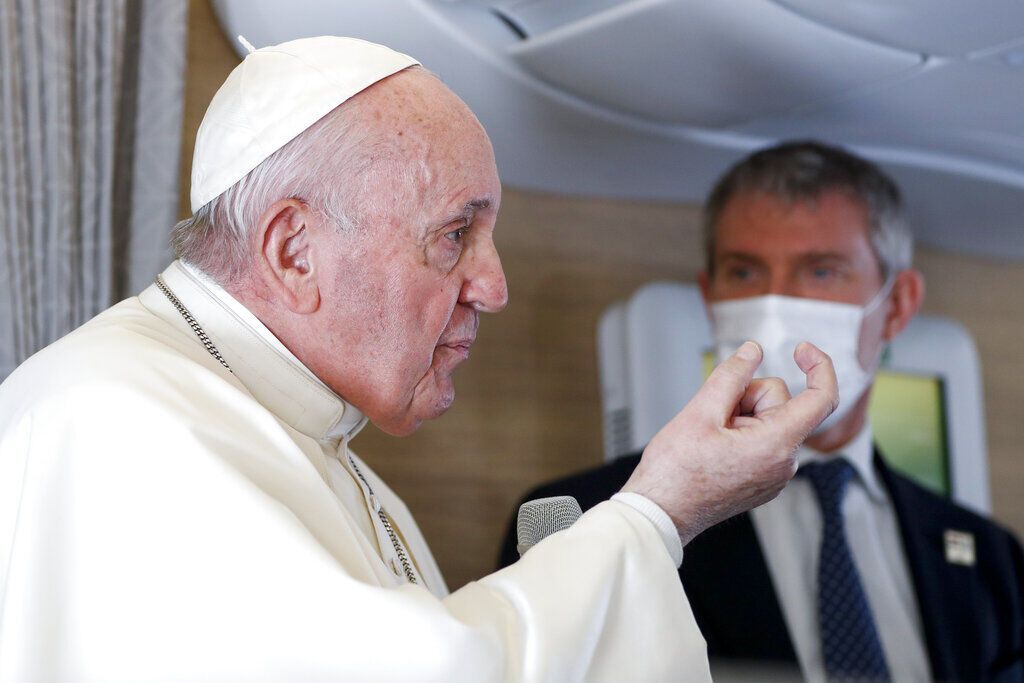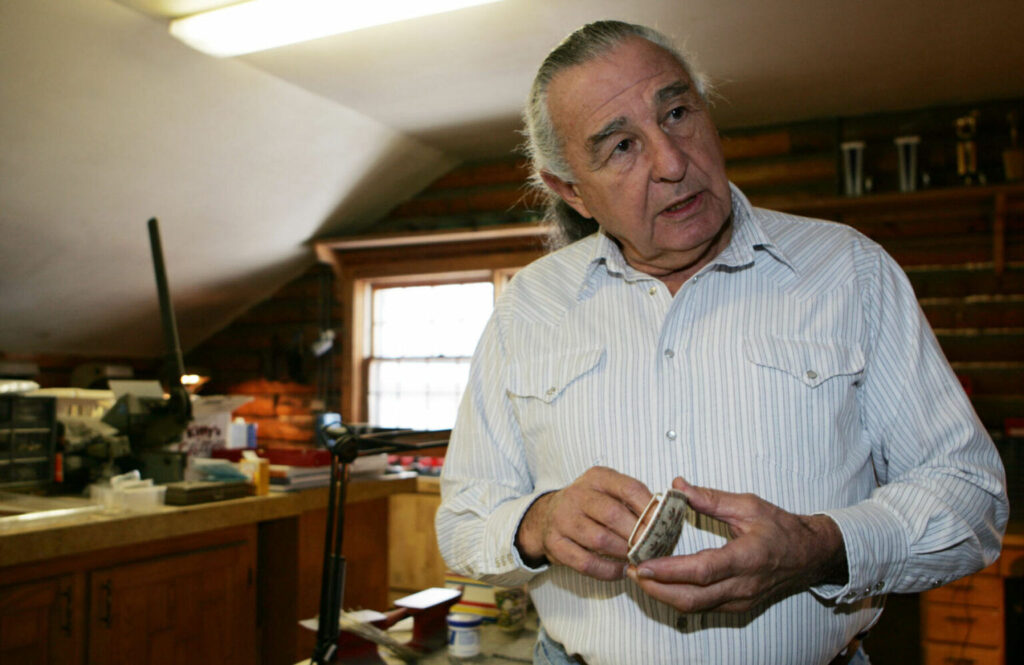Air pollution emissions spike from Suncor’s Commerce City refinery detected

A large spike in levels of sulfur dioxide emitted from Suncor’s Commerce City refinery was detected by air monitoring equipment north of the refinery at 5:18 a.m. Wednesday, according to Colorado Department of Public Health and Environment.
The monitoring station, operated by Boulder A.I.R, detected a peak level of 491 parts per billion, far above the alert level of 15 ppb and the EPA National Ambient Air Quality Standard standard of 75 ppb.
Another spike was recorded at 253 ppb at 8:53 a.m.
Commerce City air pollution sources widespread, not just from Suncor refinery
It is unknown exactly how long the emissions persisted because air direction, speed and mixing of pollutants with air can change from moment to moment and not reach the monitoring sensors.
The Boulder A.I.R. permanent monitoring station near the intersection of Colorado Blvd. and East 64th Avenue, about half a mile north of the refinery, only measures pollutants that contact the sensors.
This means it’s possible that the emission went on for four hours or more but wasn’t detected, according to Detlev Helmig, principal researcher for Boulder A.I.R.
The Suncor facility reported that a sulfur recovery unit in plant 1 tripped offline, resulting in excess sulfur dioxide and hydrogen sulfide being emitted, according to the state health department in a press release.
None of the five fence line air pollution monitoring systems owned by Suncor monitor for sulfur dioxide, but according to Suncor environmental records the wind from the south was blowing pretty much directly at Helmig’s monitoring station at 5:15 a.m., then it shifted slightly to the east and then back to the west, towards the monitoring station again at 9:00, coinciding with the time the second spike was recorded.
Vapor release from Suncor refinery in Commerce City triggers alarm Tuesday
Helmig told The Denver Gazette in an interview Thursday that emissions from the 34 smokestacks on the refinery often don’t reach the ground-level fence line monitors because they are released high in the air and can move across the fence line before descending low enough to be caught by the monitors.
The emission of sulfur dioxide from the refinery is unusual, said Helmig. It’s ordinarily controlled by the sulfur recovery unit.
“Over the last 30 years, SO2 (sulfur dioxide) pollution has come down a lot in the United States, in the whole northern hemisphere, because of regulations and control of SO2 emissions, mostly from power plants,” said Helmig. “But it’s been a priority pollutant, so that’s why we included it in our monitoring.”
At 11:07 a.m., Suncor reported to CDPHE that the sulfur recovery unit was back online, and Suncor is working to stabilize it.
A request for information and comment to Suncor was not returned as of press time.
“The short exposures to sulfur dioxide that occurred earlier could have exacerbated asthma and made breathing difficult, especially during exercise or physical activity. People with asthma, as well as children and older adults, are more sensitive to these short exposures and may have experienced symptoms during the short-term spikes. There does not appear to be additional risk at this time,” according to the CDPHE press release.
Suncor must report emissions exceedances. These reports are currently available on the CDPHE public records website and interactive map. The department makes reports publicly available after they are received from Suncor.
Suncor’s Commerce City refinery shut down after equipment damaged




